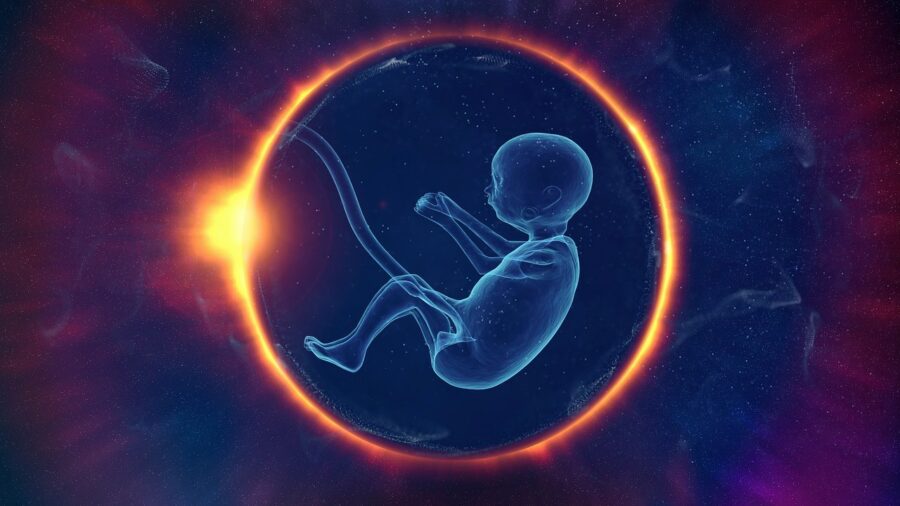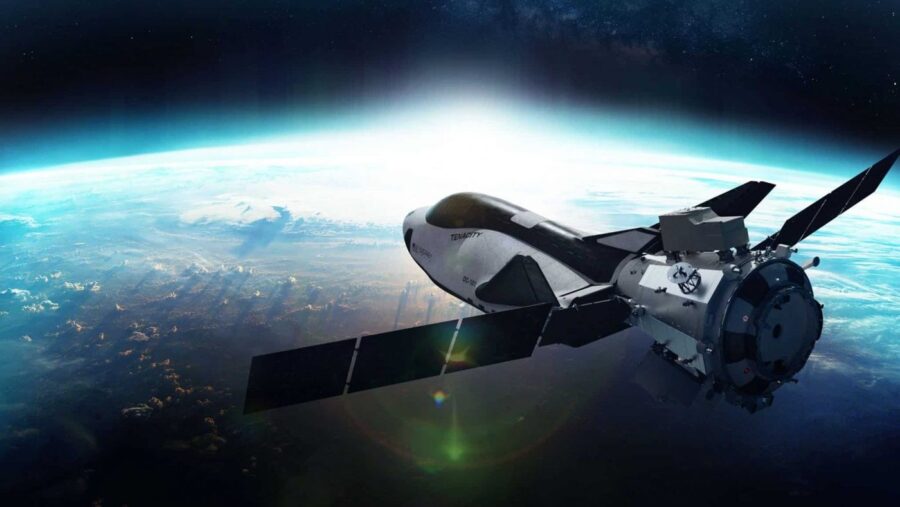Making Babies In Space? New Company Searching For The Answer

Dutch entrepreneur Egbert Edelbroek is venturing into the unknown realm of babies in space. The CEO of biotech startup SpaceBorn United believes that “humanity needs a backup plan” if it wants to become a multi-planetary species. With the growing interest in potential space colonization, the need to unravel the mysteries of human reproduction in space has never been more critical.
“Humanity needs a backup plan. If you want to be a sustainable species, you want to be a multiplanetary species.”
Egbert Edelbroek , SpaceBorn CEO
With no conclusive babies in space research, the U.S National Academies of Science, Engineering, and Medicine also highlights the need for extensive studies, as it is “vital to long-term space exploration.” SpaceBorn United plans to see if babies can survive in space before birth by conducting extensive trials in a mini lab, which will be sent into Earth’s lower orbit on a rocket.
The mini lab, approximately the size of a shoebox, is equipped with microfluidics technology to facilitate in vitro fertilization to create a baby in space. It can also replicate gravitational conditions akin to Earth, the Moon, or Mars. After the embryo reaches the blastocyst stage, the specimens will be cryogenically frozen for their eventual return to Earth, according to MIT Technology Review.

However, the babies in space project has already faced challenges. Initial plans to test the mini-lab were announced at the SXSW festival. But delays have pushed the launch to a more ambitious three-hour orbital test, tentatively scheduled for November 2024. Success would open the door to several ARTIS (Assisted Reproductive Technology in Space) missions, beginning with rodent embryos.
SpaceBorn United plans to see if babies can survive in space before birth by conducting extensive trials in a mini lab, which will be sent into Earth’s lower orbit on a rocket.
Subsequent stages would involve human embryos under Earth-like gravity and partial gravity conditions similar to those on the Moon or Mars. If SpaceBorn United’s experiments demonstrate that human babies can develop in low-gravity space conditions, it could be a significant step toward proving the feasibility of multigenerational space settlements.
Kelly Weinersmith, a biologist and coauthor of A City on Mars, supports making humans multi-planetary but emphasizes that we should proceed cautiously. “I feel like we definitely need this kind of research to be done. I do feel like it’s worth making humans multi-planetary as, like, a plan B,” she said. “But I think we need to do it slowly.”
The more immediate purpose of the research is to prepare for the possibility of pregnancies in space as space tourism expands. The effects of space pregnancies on the mother and unborn child remain largely unknown, except for a few studies on rats, which presented a slew of mixed, unfavorable results. Still, SpaceBorn United’s babies in space research is set against a backdrop of limited public funding.
The mini lab, approximately the size of a shoebox, is equipped with microfluidics technology to facilitate in vitro fertilization to create a baby in space.
However, SpaceBorn United is pressing forward with plans to test the IVF lab in low Earth orbit. While Edelbroek has raised approximately $400,000 from venture capitalists and assembled a qualified advisory board, he still needs more funding to proceed with the first orbital babies in space test.
Even if fertilization proves successful, the challenge of returning embryos to Earth remains a significant concern. Reentry can subject embryos to massive g-forces, an issue requiring thorough testing to ensure the embryos’ safety. Clear regulations and guidelines for such research are also needed.
Dorit Donoviel, a space health expert, expresses concerns about SpaceBorn United’s long-term plans involving human babies/embryos in space. She considers these experiments unethical and worries about their potential negative impact on the public’s perception of space research.












